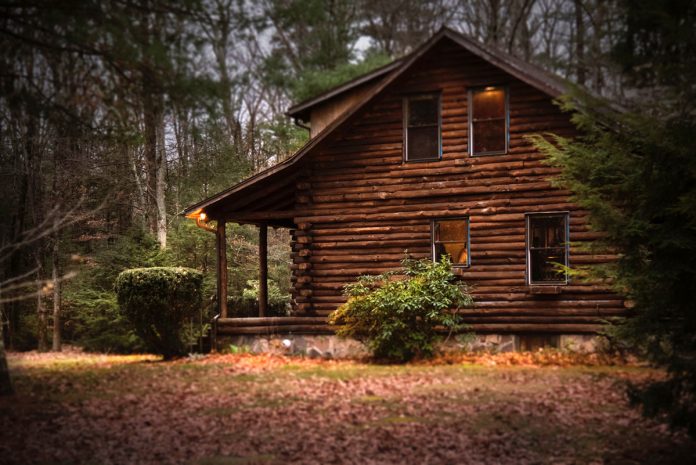Log homes have been a popular form of housing for centuries, providing a cozy, rustic atmosphere that is unmatched by any other kind of dwelling. From the humble homes of early pioneers to modern-day vacation retreats, log homes continue to captivate people with their charm and durability. In this article, we explore the history and construction of log homes, from the types of trees used to the techniques employed in their construction. We also look at how log homes stay warm in winter and cool in summer, and examine some of the oldest log homes in the world. Join us on a journey through time as we discover the enduring allure of log homes.
History of Log Homes
Log cabins are a staple of American history, but the tradition of building with logs dates back much further. In Europe, log homes have been around since the Bronze Age, with evidence of them found in Germany and Sweden. The earliest known log structures in North America were built by the Vikings around 1000 AD in what is now Newfoundland, Canada. By the 1700s, log homes had become a common sight in the American colonies, where they were built by settlers looking for a cheap and easy way to create shelter.
Typical Construction of Log Homes
Log homes are constructed using logs that have been harvested and prepared for use as building materials. The logs are typically cut to a uniform length and diameter, then notched at the ends so that they can be fitted together tightly. The corners of the structure are usually secured with wooden pegs or metal rods to prevent the walls from shifting over time. Once the walls are in place, a roof is added, along with doors and windows.
How Long Do Log Homes Last?
The lifespan of a log home depends on several factors, such as the type of wood used, the quality of construction, and the climate in which it is located. However, with proper care and maintenance, log homes can last for hundreds of years. In fact, some of the oldest log homes in the world are still standing today, such as the Stave Church in Norway, which was built in the 12th century.
How Do Log Homes Stay Warm?
Log homes have natural insulation properties that help to keep them warm in winter and cool in summer. The thermal mass of the logs absorbs heat during the day and releases it at night, which helps to regulate the temperature inside the home. The tight fit of the logs also prevents drafts from entering the structure, which can cause heat loss.
Type of Trees Used in Log Home Construction
The type of tree used in log home construction can vary depending on the region and availability of materials. In North America, some of the most commonly used species include pine, cedar, spruce, and fir. These types of trees are known for their durability and resistance to insects and rot.
Oldest Log Home in The World
The oldest log home in the world is believed to be the Hobaek house in Norway, which was built in the year 1250. This small, one-room cabin has been preserved over the centuries, giving us a glimpse into the life of the people who lived there long ago.
Typical Pioneer Home
A typical pioneer home was a small, one- or two-room cabin made of logs. These homes were often built by the settlers themselves, using whatever materials they could find. They were simple structures, with dirt floors and no running water or electricity. However, they provided a place of refuge and shelter from the harsh realities of life on the frontier.
Log homes have come a long way since the days of the pioneers, but they remain a beloved form of housing for many people today. From their rustic charm to their enduring durability, log homes offer a unique and timeless atmosphere that is hard to replicate with any other kind of dwelling. Whether you’re looking for a vacation retreat or a permanent residence, a log home may be just the right fit for you.
The Author:
Pioneerthinking.com – Ingredients for a Simple Life.
Photo. Eneida Nieves
